Snowy 2.0 project progress
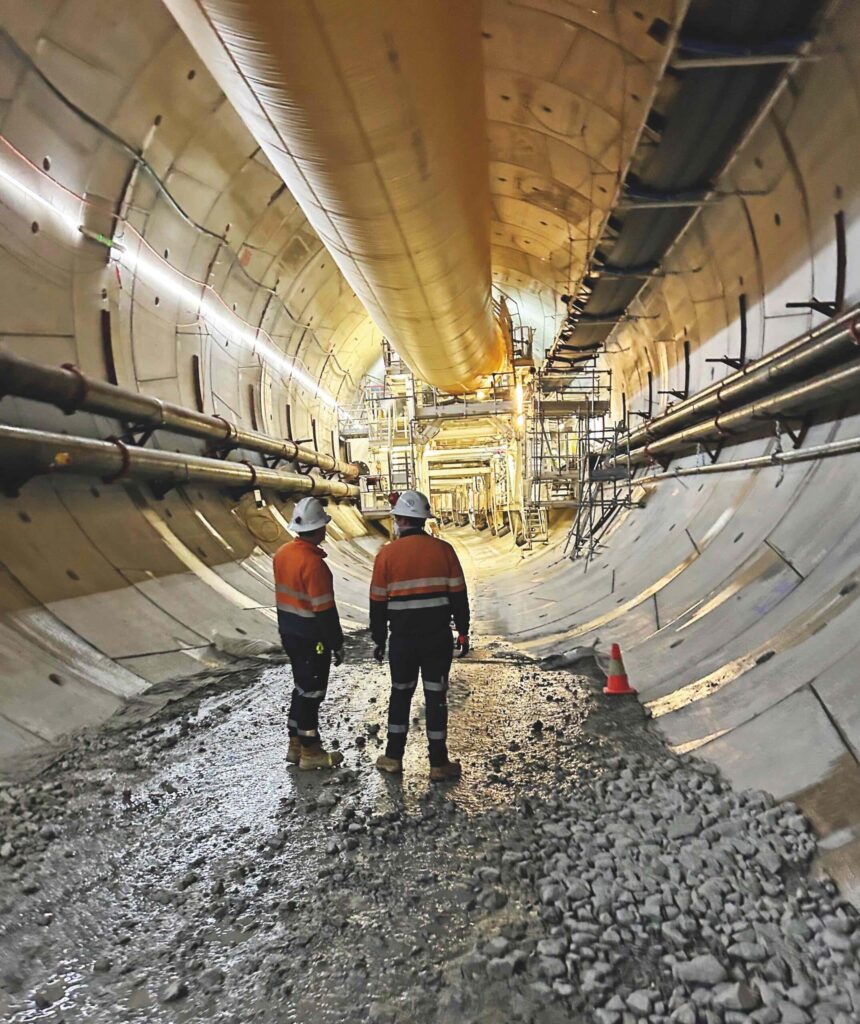
This post was originally published on this site
Since 2019, the Snowy Mountains in New South Wales have housed the Snowy 2.0 team as they venture on an almost decade long project to connect two existing dams owned by energy business SnowyHydro.
For 75 years, SnowyHydro has remained one of Australia’s leading integrated energy providers. The company ensures energy security and supports the transition to renewables through its Snowy Scheme.
The Snowy Scheme consists of eight power stations, 16 major dams, 80 kilometres of aqueducts and 145 kilometres of interconnected tunnels, sitting in the heart of Kosciuszko National Park in New South Wales.
Snowy Hydro manages 6400 hectares of the park and around 24,000 hectares of freehold land, including 600 kilometres of foreshore around storages including Jindabyne, Eucumbene and Tantangara.
Through the Snowy Scheme, Snowy Hydro has combined its power with gas and diesel-fired peaking generators, distributing more than 5500 megawatts of generating capacity across New South Wales, Victoria and South Australia.
To continue the innovation of renewable energy across the south of Australia, SnowyHydro created Snowy 2.0.
Snowy 2.0
In 2019, SnowyHydro commenced construction of the Snowy 2.0 project, which aimed to link two existing dams, Tantangara and Talbingo, through a 27 kilometre underground tunnel and a new underground power station.
The Snowy 2.0 project is the next chapter in the Snowy Scheme’s history, a large-scale renewable energy project that will provide on-demand energy and storage to Australia’s southern states.
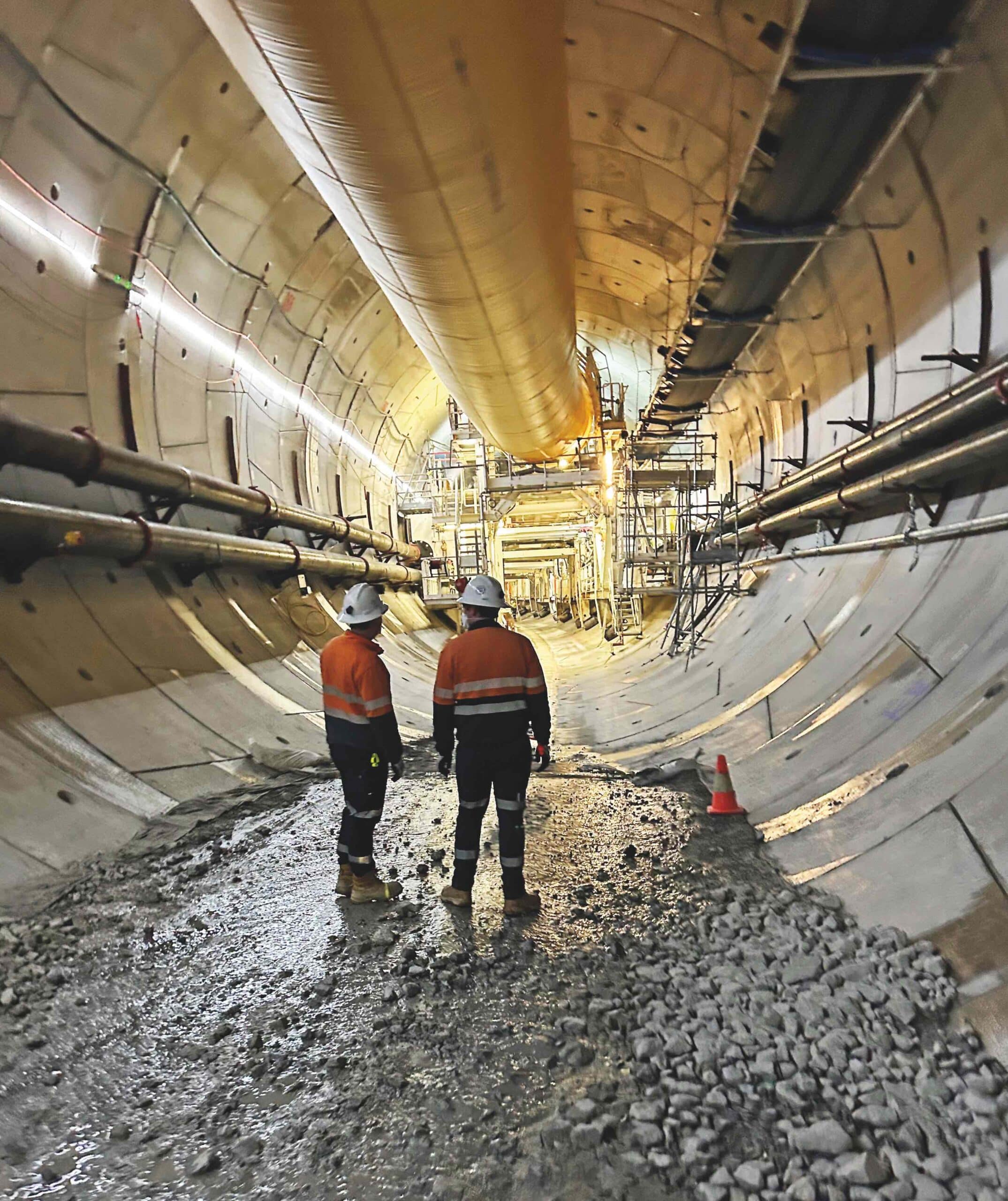
Once operational, rain and melted snow will fill one of two dams. When energy is required, the gates will open to allow water to flow through the middle where an underground pumped-hydro power station will generate power when water passes through it. It will provide on-demand power while reusing or ‘recycling’ the water in a closed loop.
Water will be pumped to the upper dam when there is surplus renewable energy production and the demand for energy is low, and then released back to the lower dam to generate energy when electricity demand is high.
The renewable energy efficiency will be maximised by using solar and wind energy to pump water to the higher dam, to be stored for later use.
It’s touted as the cheapest, most efficient way to provide large-scale energy storage – the equivalent of 2700 of South Australia’s ‘big batteries’.
The water then continues downstream where it is later released for uses such as irrigation for farms and environmental flows.
Four years away from expected completion, Snowy 2.0 will provide an additional 2200 megawatts of dispatchable, on-demand generating capacity and approximately 350,000 megawatt hours of large-scale storage to the National Electricity Market – enough energy storage to power three million homes over the course of a week.
Tunnelling towards the future
Planning and environmental approvals were received in 2020 from both the Federal and New South Wales governments. These approvals allowed construction to start on the project’s underground power station, waterways and access tunnels, as well as other supporting infrastructure.
As of July 2024, the Snowy 2.0 team has completed 570,000 cubic metres of excavation of the Talbingo intake, where water will exit and enter the tailrace tunnel, connecting the lower Talbingo reservoir to the underground power station.
Related stories:
Excavation of the Marica surge shaft has reached 95 metres. Once complete it will be one of the largest shafts of its type in the world. The 28 metre-wide and 250-metre-deep surge shaft will be used for water storage and pressure relief when the power station starts up to absorb the momentum.
Mechanical excavation including rock breakers and excavators continues, with drill and blast methods also being used.
Excavation of the gate shaft at Tantangara is now complete, with drill and blast work to excavate the transition tunnels linking it and the intake well advanced. The gate shaft is used to stop and start the flow of water into the headrace tunnel and power station for maintenance purposes, or in the case of an emergency.
TBM’s celebrate women in STEM
The main mode of machinery being used on the Snowy 2.0 project is the three Tunnel Boring Machines (TBM), named Florence, Lady Eileen Hudson and Kirsten.
Florence is 142 metres long and has an 11-metre diameter, as high as a three-storey building. This TBM is currently excavating the 16-kilometre headrace tunnel, which will connect the underground power station to the upper Tantangara reservoir.
Following a seven-week operation to use ultra-high pressure water jetting to remove very hard rock preventing the TBM from progressing, TBM Florence restarted excavation in July this year.
TBM Lady Eileen Hudson completed the 2.8-kilometre main access tunnel to the power station and is now excavating the six-kilometre tailrace tunnel.
The machine is progressing well and is approximately 3.0 kilometres into the tailrace tunnel which will connect the underground power station to the lower Talbingo reservoir.
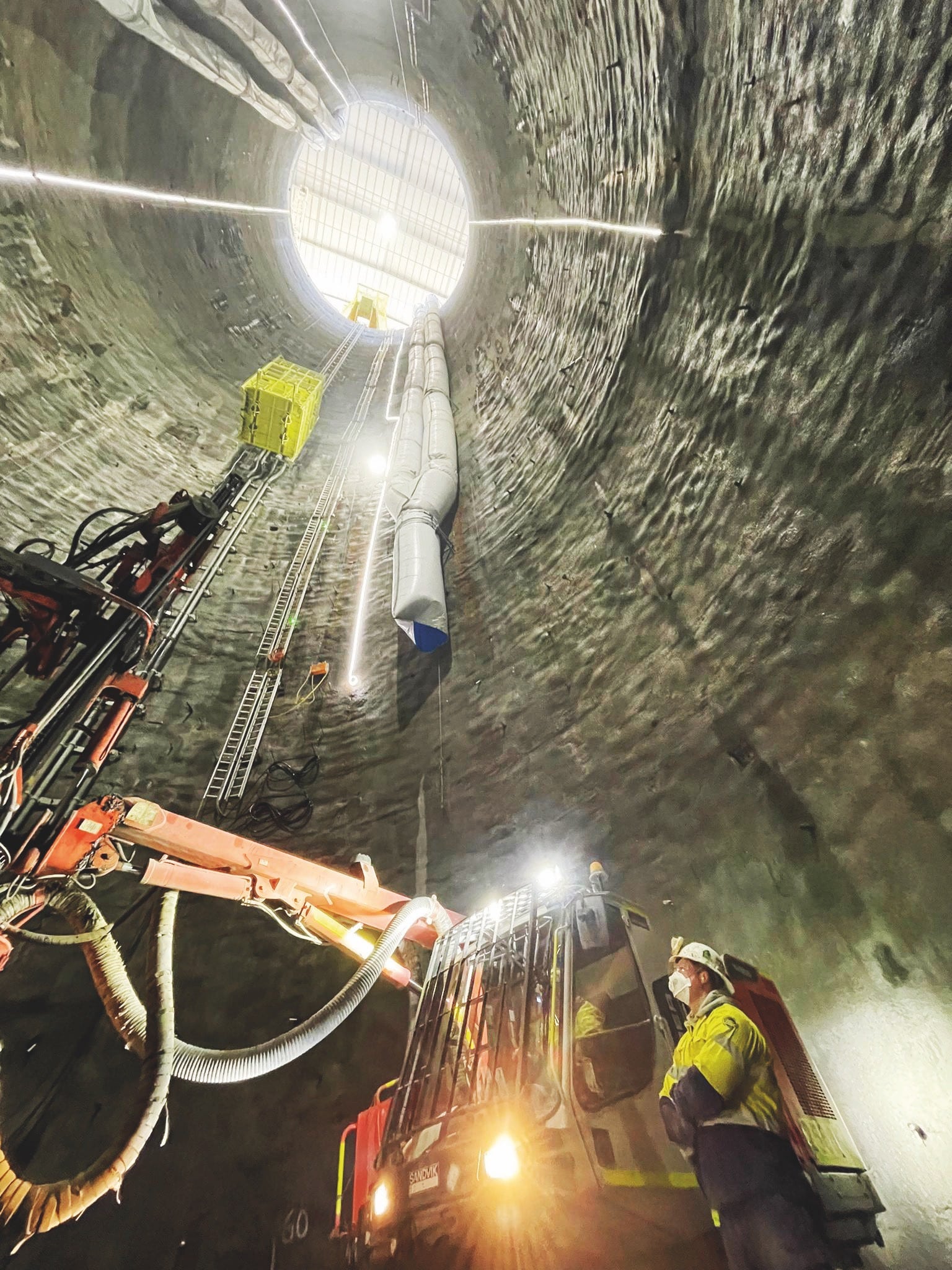
Kirsten was the TBM to complete the 2.9 kilometre emergency, cable and ventilation tunnel. It is now excavating the 1.6 kilometre Inclined Pressure Shaft (IPS – connecting the underground power station to the headrace tunnel that leads to the upper Tantangara reservoir).
TBM Kirsten has installed 14 trial tunnel lining rings in the IPS using locally manufactured concrete segments specifically designed for the high-water pressures that will be experienced in the IPS.
TBM’s Kirsten and Florence were named by students in the Snowy Mountains, who nominated groundbreaking Australian women in science, technology, engineering and maths (STEM) for the Snowy 2.0 TBM naming competition.
The winners were astrophysicist Kisten Banks and Australia’s first electrical engineer Florence Violet McKenzie. Lady Eileen Hudson made an enormous contribution as ambassador to the Snowy Scheme during its construction, along with her husband Sir William Hudson, the first Commissioner of the Snowy Mountains Hydro-electric Authority.
3000 strong
Since the project’s announcement in 2018, thousands of jobs have been created to deliver the project spanning nine years.
In 2021, construction of the 126-bed accommodation development in Cooma was completed to house Snowy 2.0 workers.
The accommodation houses 140 modular units, accommodation for 90 single rooms and 26 self-contained units, communal facilities, parking and landscaping. More than 3000 people were building Snowy 2.0 as of August this year, with 1950 total camp beds available at Lobs Hole, Tantangara, Marica and Cooma available.
The Snowy 2.0 team is currently transporting power station components to site. The first power to come from Snowy 2.0 is expected in 2027, followed by the completion of the project in 2028.
This article was originally published in the November edition of our magazine. To read the magazine, click here.
This article was originally published in the November edition of our magazine. To read the magazine, click here.
This article was originally published in the November edition of our magazine. To read the magazine, click here.
This article was originally published in the November edition of our magazine. To read the magazine, click here.
This article was originally published in the November edition of our magazine. To read the magazine, click here.
This article was originally published in the November edition of our magazine. To read the magazine, click here.
This article was originally published in the November edition of our magazine. To read the magazine, click here.
This article was originally published in the November edition of our magazine. To read the magazine, click here.
This article was originally published in the November edition of our magazine. To read the magazine, click here.
This article was originally published in the November edition of our magazine. To read the magazine, click here.
This article was originally published in the November edition of our magazine. To read the magazine, click here.
This article was originally published in the November edition of our magazine. To read the magazine, click here.
This article was originally published in the November edition of our magazine. To read the magazine, click here.
This article was originally published in the November edition of our magazine. To read the magazine, click here.
This article was originally published in the November edition of our magazine. To read the magazine, click here.
This article was originally published in the November edition of our magazine. To read the magazine, click here.
This article was originally published in the November edition of our magazine. To read the magazine, click here.
This article was originally published in the November edition of our magazine. To read the magazine, click here.
This article was originally published in the November edition of our magazine. To read the magazine, click here.
This article was originally published in the November edition of our magazine. To read the magazine, click here.
This article was originally published in the November edition of our magazine. To read the magazine, click here.
This article was originally published in the November edition of our magazine. To read the magazine, click here.
This article was originally published in the November edition of our magazine. To read the magazine, click here.
This article was originally published in the November edition of our magazine. To read the magazine, click here.
This article was originally published in the November edition of our magazine. To read the magazine, click here.
This article was originally published in the November edition of our magazine. To read the magazine, click here.
This article was originally published in the November edition of our magazine. To read the magazine, click here.
This article was originally published in the November edition of our magazine. To read the magazine, click here.
This article was originally published in the November edition of our magazine. To read the magazine, click here.
This article was originally published in the November edition of our magazine. To read the magazine, click here.
This article was originally published in the November edition of our magazine. To read the magazine, click here.
This article was originally published in the November edition of our magazine. To read the magazine, click here.
This article was originally published in the November edition of our magazine. To read the magazine, click here.
This article was originally published in the November edition of our magazine. To read the magazine, click here.
This article was originally published in the November edition of our magazine. To read the magazine, click here.
This article was originally published in the November edition of our magazine. To read the magazine, click here.
This article was originally published in the November edition of our magazine. To read the magazine, click here.
This article was originally published in the November edition of our magazine. To read the magazine, click here.
This article was originally published in the November edition of our magazine. To read the magazine, click here.
This article was originally published in the November edition of our magazine. To read the magazine, click here.
This article was originally published in the November edition of our magazine. To read the magazine, click here.
This article was originally published in the November edition of our magazine. To read the magazine, click here.

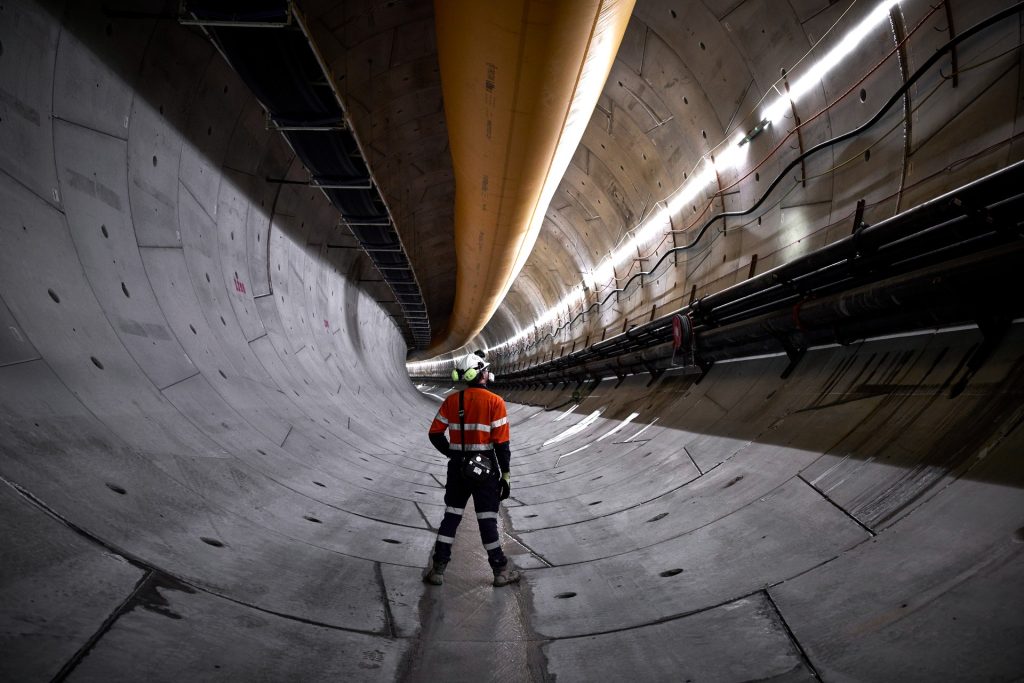
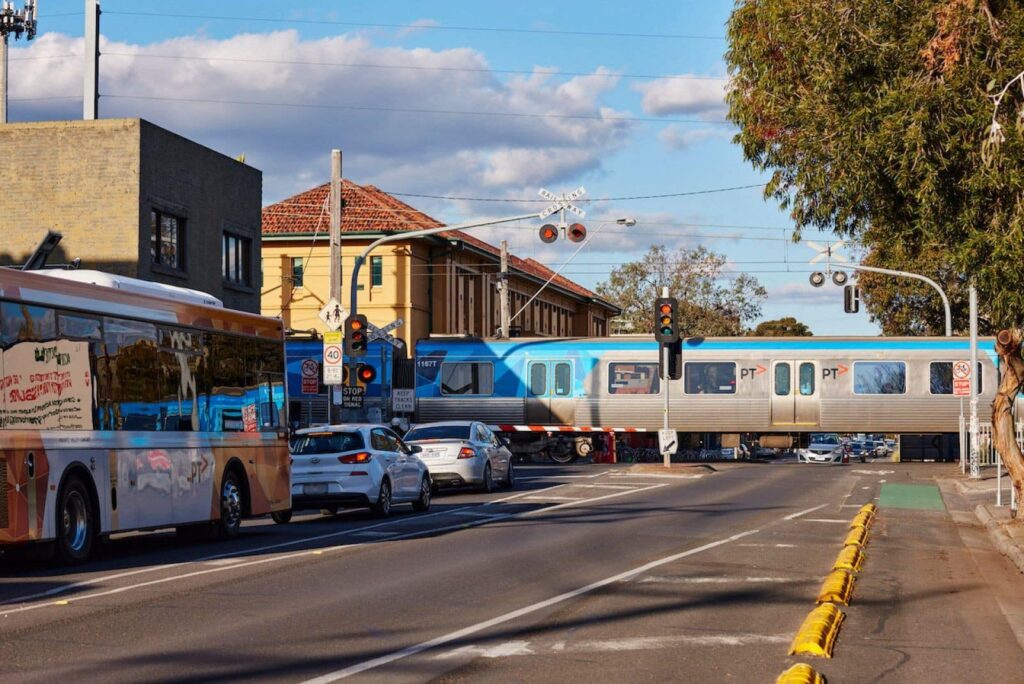
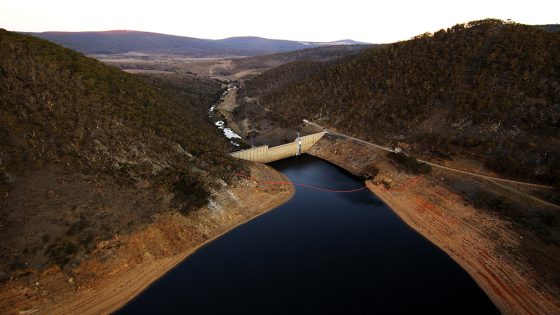
Responses